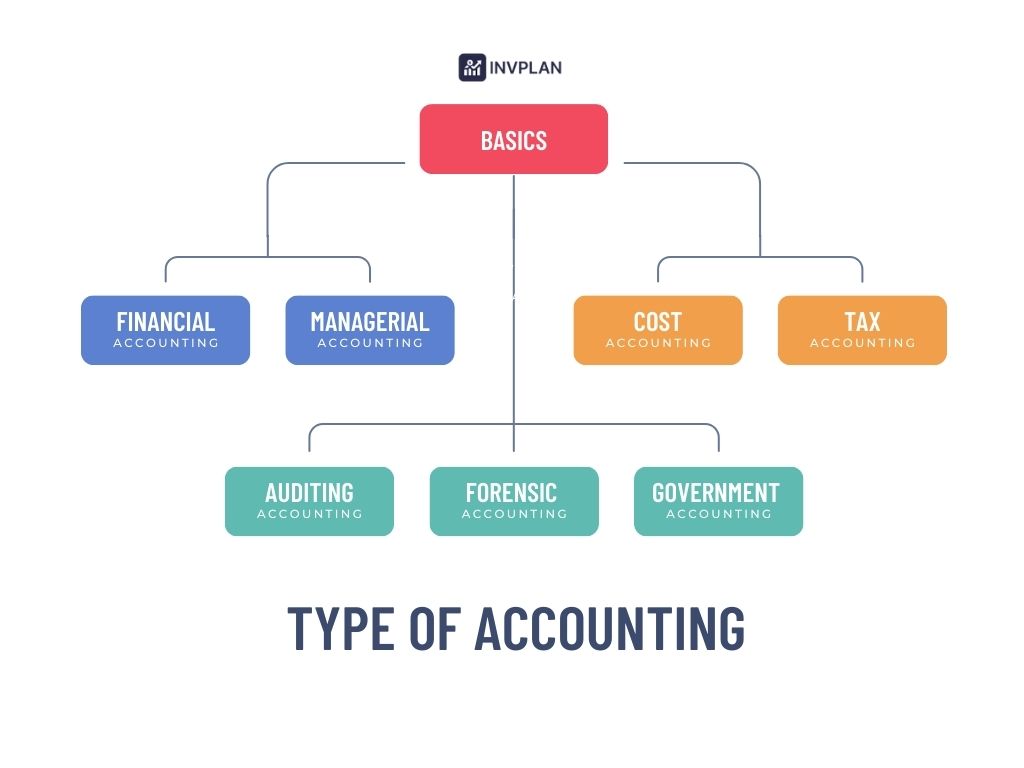A loan receivable account records the amounts a lender expects to collect from borrowers. It appears as an asset on the balance sheet and reflects the lender’s right to receive future payments. In this article, we will cover the following topics:
- What is a loan receivable account, and what is its importance?
- How it works and how to record it.
- Types of loan receivable accounts.
- Differences between it and some other accounts.
- Examples.
Let’s move on to the first part to understand the definition of a loan receivable account.
Understand What a Loan Receivable Account Is
A loan receivable is an asset account in banking that tracks money borrowers owe. The lender’s records list all unpaid amounts. Like other accounting tasks, managing loans receivable follows clear and logical steps.
Here are the importance of loans receivable:
- Businesses can anticipate incoming cash flows, which helps with effective financial planning. It also ensures sufficient liquidity to meet operational needs when they track loans receivable.
- Proper documentation of loans receivable ensures compliance with accounting standards and provides a true representation of a company’s financial position.
- Detailed records of loans receivable help businesses monitor borrower performance. They also help assess credit risk and implement strategies to reduce potential defaults.
- Loans receivable can serve as collateral to secure additional financing. Lenders view a well-managed loans receivable portfolio as a positive indicator of a company’s creditworthiness.
A loan payment has two components which are principal and interest. The principal portion reduces the loan balance and appears on the balance sheet as a liability reduction, not as an expense.
The interest portion represents the cost to borrow and is recorded on the income statement as an expense.
A loan can be an asset or a liability. That depends on who holds it:
For the lender:
A loan is an asset because it represents money owed by borrowers. The lender expects future payments, which provide economic benefits.
For the borrower:
A loan is a liability because it represents a debt that must be repaid. The borrower owes money and has an obligation to make payments.
So why do businesses and banks use loan receivables? Let’s answer this question in the following section.
Why Do Companies and Banks Use Load Receivables?
There are several reasons which are:
For companies and businesses:
- They convert receivables into cash to cover expenses and keep operations stable. Long invoice payment cycles create cash flow gaps and receivables financing solves this problem.
- Companies access different types of receivables financing. Some sell invoices while others use them as collateral for loans. Each method fits specific financial needs.
- Receivables financing does not add debt. They either sell invoices or use them to secure funds without increasing liabilities.
For banks:
- Banks use loan receivables as collateral to lower risk. They lend money based on these receivables and If they know the debt collection process they will secure repayment.
- Receivables financing creates revenue. Banks earn money through interest and fees.
- A diverse loan portfolio lowers risk. Banks spread receivables across different sectors and borrower types to protect financial stability.
- Loan receivables give banks more security.
Let’s move on to the following section to understand how it works.
How Loan Receivables Work
Loan receivables represent amounts that borrowers owe to lenders. These receivables are assets recorded on the balance sheet for lenders. The process includes several key steps:
1- A lender provides funds to a borrower under agreed terms. That includes repayment schedule and interest rate.
2- The lender records the loan amount as a “loan receivable” on its balance sheet. This reflects the borrower’s obligation to repay.
3- Over time, interest accrues based on the loan’s terms. The lender records this interest as income and increases the loan receivable balance.
4- The lender reduces the loan receivable balance accordingly as the borrower makes payments.
5- Lenders assess the risk of borrower default and may establish an allowance for loan losses. That estimates potential uncollectible amounts.
Let’s move on to the below section to understand how to record the loan receivables in financial statements.
How to Record Loan Receivables in Financial Statements
A bank records loan receivables as assets because borrowers must repay them. It debits the loan account to track the amount owed and credits cash to show the funds disbursed. This keeps financial records accurate.
Interest accrues over time. The bank debits interest receivable and credits interest income to track earned revenue.
The bank debits cash and credits both the loan receivable and interest receivable accounts when borrowers make payments.
Borrowers record loans as liabilities. They debit cash when they receive funds and credit loans payable to track the debt. Each repayment includes principal and interest.
Borrowers debit loans payable to reduce debt interest expenses to record borrowing costs and credit cash to reflect payments.
The lender writes off the loan. It debits bad debt expenses and credits loans receivable if a borrower defaults.
Some lenders prepare for losses by setting aside an allowance for doubtful accounts. They debit bad debt expense and credit allowance for doubtful accounts.
In the following section, you will understand the difference between loans receivable and accounts receivable.
Loan Receivable vs. Accounts Receivable
Loan receivables come from lending money under a formal agreement. The agreement states how and when the borrower must repay.
It may also include interest charges. Some loans require collateral, which lowers the lender’s risk. The loan is a current asset if the borrower repays within a year. It is a non-current asset if repayment takes longer.
Accounts receivables come from selling goods or services on credit. Customers promise to pay later, usually within 30 to 90 days.
These receivables do not have collateral. Businesses record them as current assets because they expect payment soon.
The Difference Between a Loan Payable and a Loan Receivable?
A loan payable is a loan that a business or person owes to a lender. It is a liability. It represents borrowed money that must be repaid over time, often with interest.
A loan receivable is a loan that a business or person has given to someone else. It is an asset. It represents money that will be received in the future, usually with interest.
Here are the key differences:
- Loan payable = Money owed (a liability).
- Loan receivable = Money lent out (an asset).
Here is an example:
If a company borrows $10,000 from a bank that is a loan payable. If the same company loans $5,000 to an employee, that is a loan receivable.
Let’s move on to the following section to see real examples.
Example
FLOP Corporation lends $20,000 to an employee, repayable over four years with an annual interest rate of 5%.
Here is the Issuance of the loan:
Date Details Debit Credit
--------------------------------------------------------------------------
25/11/2011 Loan Receivable 20,000
Cash 20,000
Monthly interest accrual:
= $20,000 × 5% ÷ 12 = $83.33
Date Details Debit Credit
--------------------------------------------------------------------------
xx/xx/xxxx Interest Receivable 83.33
Interest Revenue 83.33
Monthly payment receipt:
Monthly Principal Repayment = $20,000 ÷ 48 months = $416.67
Total Monthly Payment = $416.67 (principal) + $83.33 (interest) = $500
Date Details Debit Credit
--------------------------------------------------------------------------
xx/xx/xxxx Cash 500
Loan Receivable 416.67
Interest Receivable 83.33
This process repeats monthly until the loan is fully repaid.
Wrapping Up
A loan receivable is an asset that represents money a business or bank has lent to others. It appears on the lender’s balance sheet as an amount due to be repaid with interest.
Here are key takeaways:
- Loan receivables track money owed to a lender. They help businesses manage cash flow and financial planning.
- They are recorded as assets. The lender expects future payments. That includes principal and interest.
- Proper recording is essential. Businesses must track loan issuances, interest accruals, and payments accurately.
- They differ from accounts receivable. Loans receivable arise from lending money, while accounts receivable result from selling goods or services on credit.



